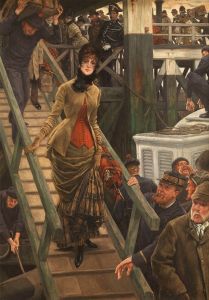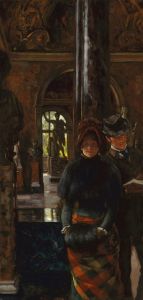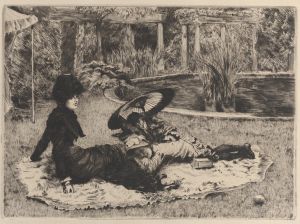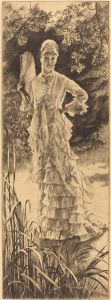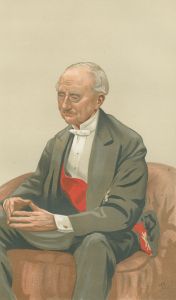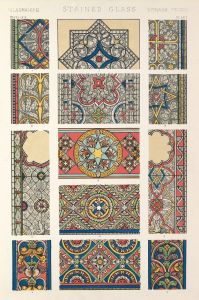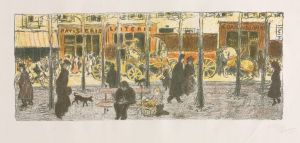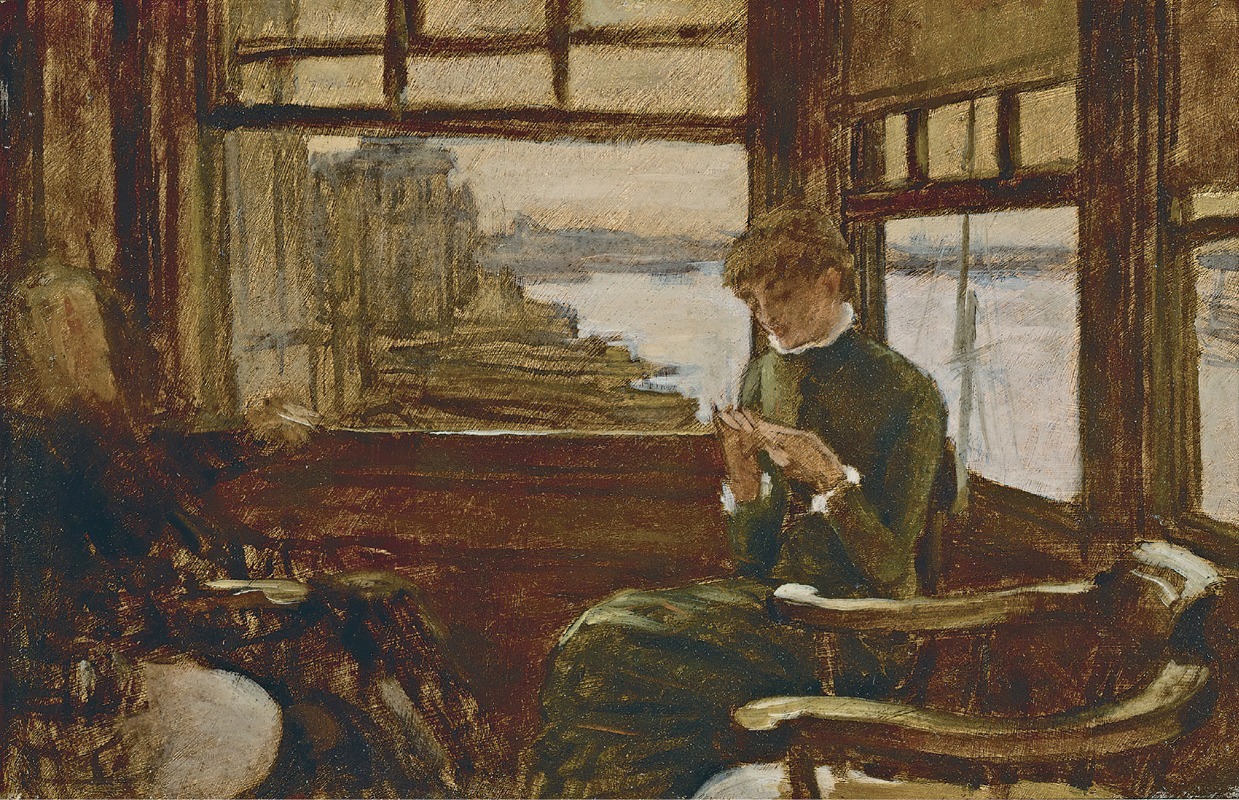
Kathleen Newton in a Thames-Side Tavern
A hand-painted replica of James Tissot’s masterpiece Kathleen Newton in a Thames-Side Tavern, meticulously crafted by professional artists to capture the true essence of the original. Each piece is created with museum-quality canvas and rare mineral pigments, carefully painted by experienced artists with delicate brushstrokes and rich, layered colors to perfectly recreate the texture of the original artwork. Unlike machine-printed reproductions, this hand-painted version brings the painting to life, infused with the artist’s emotions and skill in every stroke. Whether for personal collection or home decoration, it instantly elevates the artistic atmosphere of any space.
"Kathleen Newton in a Thames-Side Tavern" is a painting by the French artist James Tissot, created in the late 19th century. James Tissot (1836–1902) was a prominent painter and illustrator known for his detailed and elegant depictions of contemporary life, particularly scenes of the upper-middle class in both France and England. His works often combined elements of realism with a keen sense of fashion and social observation.
This particular painting features Kathleen Newton, who was Tissot's muse and companion during the later years of his career. Kathleen Newton (1854–1882) was an Anglo-Irish woman who became a central figure in Tissot's life and art after they met in the mid-1870s. She appeared in numerous works by the artist, often portrayed in intimate, domestic, or leisurely settings. Their relationship was unconventional for the time, as Newton was a divorcée and lived with Tissot outside of marriage, which was socially frowned upon in Victorian England.
The painting depicts Newton seated in a tavern by the Thames River, a location that reflects Tissot's interest in capturing the atmosphere of everyday life in London. The composition showcases Tissot's skill in rendering textures, light, and detail, particularly in the clothing and surroundings. Newton is dressed in fashionable attire, which was a hallmark of Tissot's portraits, emphasizing his interest in contemporary fashion and its role in defining identity and social status.
The setting of the tavern, with its view of the Thames, provides a sense of place and context, grounding the scene in the bustling urban environment of 19th-century London. Tissot's choice to depict Newton in such a setting may reflect his desire to explore themes of modernity, leisure, and the blending of public and private spheres.
Kathleen Newton's premature death from tuberculosis in 1882 deeply affected Tissot, and he withdrew from the London art scene shortly thereafter. Her presence in his work remains a testament to their close relationship and her influence on his artistic output during this period.
As with many of Tissot's works, "Kathleen Newton in a Thames-Side Tavern" exemplifies his ability to combine narrative, character study, and meticulous attention to detail, making it a significant example of his oeuvre.






